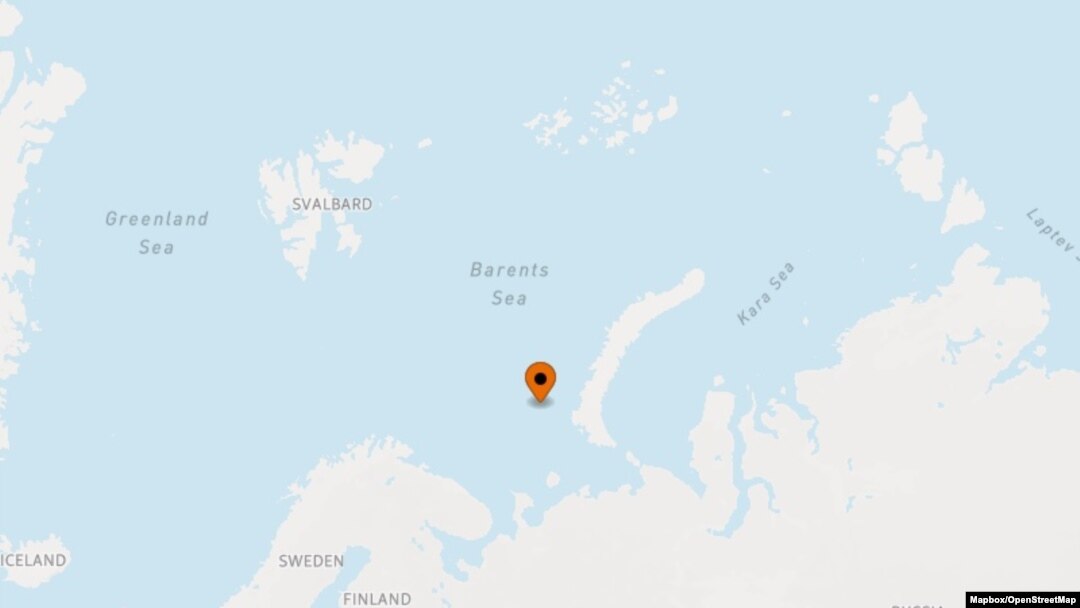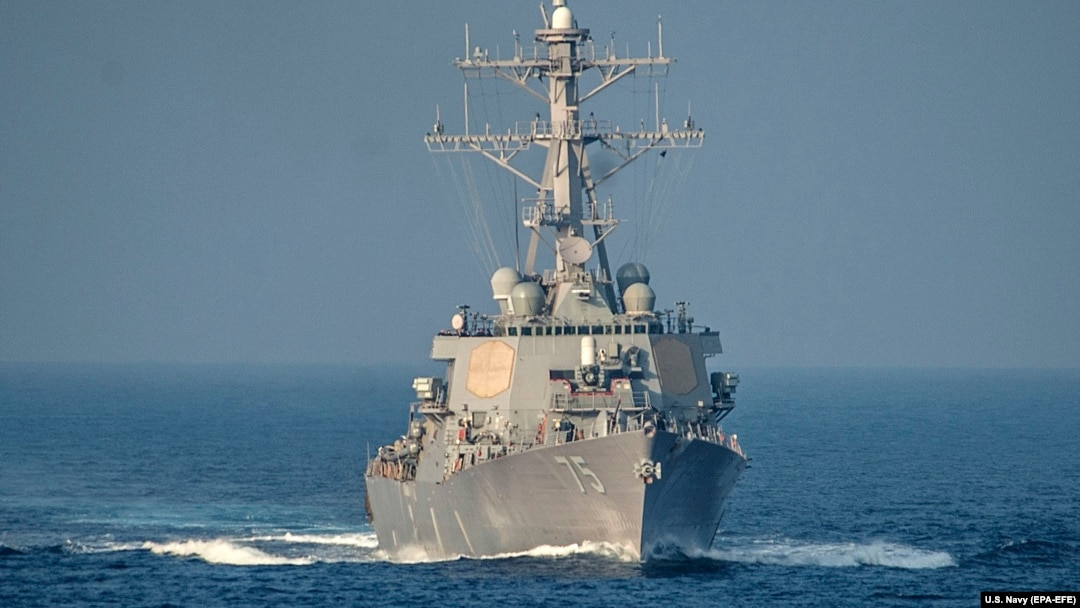Four U.S. Navy ships and a British Royal Navy frigate entered the Barents Sea north of Russia on May 4 to conduct Arctic security operations, the Pentagon said.
The move is the first time U.S. Navy surface vessels have entered the Barents Sea since the mid-1980s.
It comes as Russia in recent years has expanded its military capabilities in the Arctic, an area it views as geostrategic for its energy reserves, defense importance, and potentially lucrative northern shipping routes opening due to climate change.
China is also staking out an interest by claiming to be a “near Arctic state” as it eyes shorter northern shipping routes to Europe.

Barents Sea
“Allied and partner navies must remain proficient in all operating environments to ensure the continued security and access to the seas,” the U.S. Navy’s 6th Fleet said. “This is especially critical in the Arctic, where the austere weather environment demands constant vigilance and practice.”
The Russian Defense Ministry was notified ahead of the operation to “avoid misperceptions, reduce risk, and prevent inadvertent escalation,” the U.S. Navy said.
Russia's Northern Fleet, which includes new icebreakers and nuclear-powered ships and submarines, is tracking the naval vessels, the Russian Defense Ministry said.
The U.S. Navy vessels include three Arleigh Burke-class Aegis destroyers and a support ship.
The destroyers are armed with Tomahawk cruise missiles and the sea-based Aegis system, which is part of the U.S.-led NATO ballistic-missile defense system designed to protect Europe from a limited attack from the likes of Iran.
NATO’s ballistic-missile defense system has long antagonized Russia, which claims it is designed to alter the strategic balance against Moscow’s nuclear forces.
The United States and arms experts say the ballistic-missile defense system does not alter the strategic balance.
Last week, two of the U.S. Navy's destroyers, the support ship, a U.S. submarine, a Poseidon reconnaissance aircraft, and the British Royal Navy frigate conducted an anti-submarine warfare exercise in the Norwegian Sea above the Arctic Circle.


